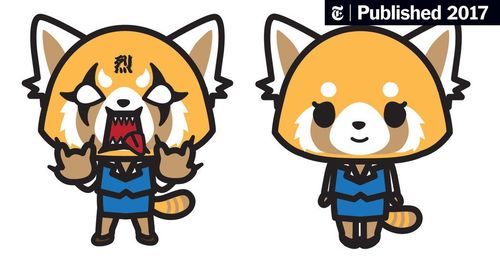How Sanrio Makes Anti-Capitalism Adorable, and Profitable

How Sanrio Makes Anti-Capitalism Adorable, and Profitable
8/9/2017
link
summary
This article from The New York Times examines how Sanrio, the company behind Hello Kitty and other cute characters, manages to blend anti-capitalist messages with a highly profitable business model. It discusses how Sanrio's characters appeal to a wide range of consumers, from children to adults, and how their cuteness subverts the notion of aggressive capitalism. The article highlights Sanrio's ability to create characters and merchandise that resonate with consumers while also conveying subtle messages about the pitfalls of consumerism. It also explores the global reach of Sanrio and its continued success in the face of changing consumer trends.
tags
sanrio ꞏ hello kitty ꞏ kawaii culture ꞏ japanese pop culture ꞏ character branding ꞏ consumerism ꞏ capitalism ꞏ merchandise ꞏ cute culture ꞏ cultural phenomenon ꞏ marketing strategy ꞏ branding ꞏ intellectual property ꞏ global impact ꞏ cultural appropriation ꞏ social commentary ꞏ pop art ꞏ consumer culture ꞏ commercialization ꞏ brand identity ꞏ popular culture ꞏ design industry ꞏ character licensing ꞏ branding strategy ꞏ cultural icon ꞏ brand loyalty ꞏ cultural critique ꞏ character merchandise ꞏ brand merchandise ꞏ cute aesthetics ꞏ consumer behavior